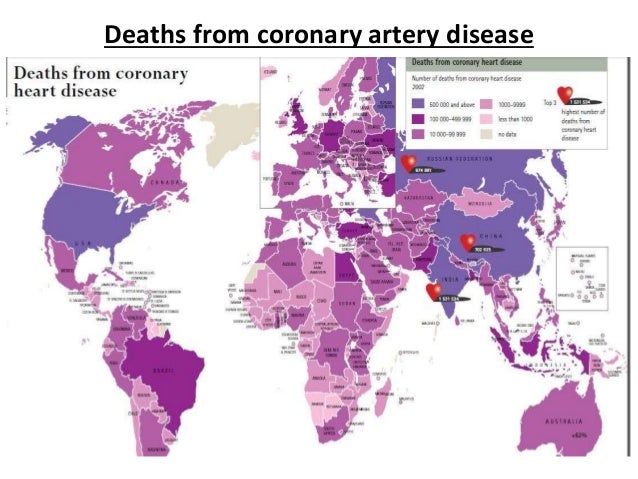Children With Heart Defects
"The hardest part was coming to terms with the news that our baby would be born with significant challenges and not just get to be a baby. It's a time when you want to be decorating a nursery and celebrating his life but instead you have even more uncertainties and fears than most first time parents have. You ride a rollercoaster of emotions. But you just find something within you that makes you go on."Congenital heart disease (CHD) is a condition that affects one in every one hundred newborn babies in Ontario, representing about 1,440 children born with this condition on an annual basis. Babies born with the condition have a defect in the structure of their hearts, some of which defects can be minor not requiring treatment, while other defects are quite complex and require surgery. These are serious conditions which, without remedial surgery, threaten a baby's very existence.
"It was a week before we could hold him. When they gave him to us for the first time in NICU we all cried, even the nurses. I’ll never take any of the ‘normal’ baby moments for granted."
"When he's four or five he will have a second open heart surgery, and subsequent surgeries every five to ten years as he grows to replace his pulmonary valve. Our hope is that technology advances to the point he never has to have it again."
"He [the anaesthetist, pre-surgery] started humming a lullaby to Logan. That was the only thing that willed our feet to move. They understood he was a baby and we knew he was in good hands."
Heather Irvine, mother of newborn Logan
"One second you’re there for an ultrasound, the next they’re showing you pictograms of the heart and talking about surgery. It’s like being hit in the gut again and again. It’s become an infatuation with how the human body works [immersing himself in learning about cardiology."
"It was amazing what they had to do to get the heart to pump effectively without being over or under worked. Think of it like plumbing. They installed a shunt to bypass the artery and get blood going to the lungs."
Graham Irvine, Logan's father
During the 1960s only roughly half of those children born with CHD were able to live to adulthood. Since that dismal time, research has enabled surgeons to make great advances forward in the treatment of these tiny patients. Now, the vast majority of CHD patients -- those with complex problems certainly included -- survive into adulthood and beyond. Greater attention is now being focused on quality of life for the growing population of adult survivors of CHD.
The Children's Hospital of Eastern Ontario has instituted a "fearless" trial project whose purpose is to encourage various types of physical activity which CHD children can be involved in without risking concerns over damage to their hearts. "Fearless Physical Activity" events are being planned across the province for 2017. The first such event in the series is to be held in a number of locations, introducing children to Tai Chi lessons.
 |
Adeline's mother would immediately begin breastfeeding her baby every time the little girl evinced signs of any agitation. "We treated her like a newborn for eight months" she recalls, of those early times in her daughter's life. And then, when she was eight months old, Adeline underwent open-heart surgery to correct no fewer than four heart defects related to the rare condition named Tetralogy of Fallot. Two years following the baby's surgery, her mother must adjust to trusting that her active little girl is sufficiently robust to play and exercise just as any other preschooler would.
"I don't worry so much now because I've learned about her condition, and I've talked to the cardiologist a lot to make sure she can do everything." 'Everything' relates to the two-year clinical study mother and child are involved with, which the Children's Hospital of Eastern Ontario and the Canadian Congenital Heart Alliance recently launched, named Fearless Physical Activity. The idea being to encourage youngsters with congenital heart disease to become involved in normal physical actions, allaying parental fears.
The plan is for researchers to follow the families involved to document and fully understand whether the program will end up as hoped, resulting in the kind of enduring benefits that cardiologists trust will be the case. "The goal is to show families that there are very few cardiac patients who are actually limited from activity -- very few", assured Dr. Lillian Lai, a CHEO pediatric cardiologist, one of the principal investigators of the new study.
Labels: Child Welfare, Disease, Health, Medicine, Research, Science, Surgery, Treatment

0 Comments:
Post a Comment
<< Home